What Veterans Day means
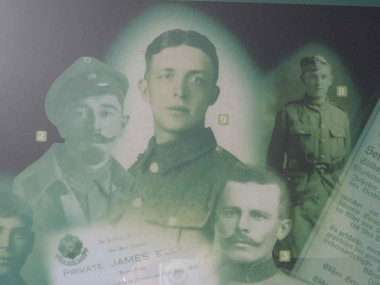
Every year we observe – not celebrate – Veterans’ Day. It originally was called Armistice Day, to remember the signature of the ceasefire at the end of the First World Ware. The day was November 11, 1918.
It was the “Eleventh hour, of the eleventh day, of the eleventh month” – a phrase both accurate and metaphorical. Metaphorical because at that point, it almost seemed that humanity itself was near the midnight of its existence.
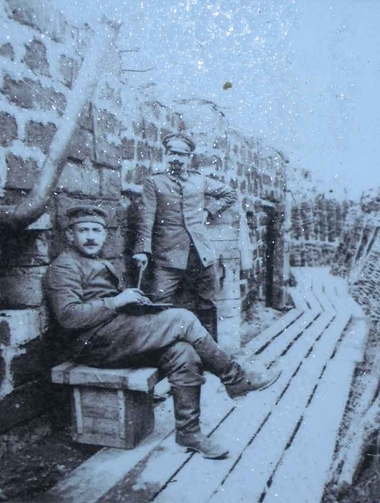
Most tourists to Europe visit cities, museums, enjoy the sights and food. Few venture out into the countryside, particularly in France and Belgium. There, in cities, towns, villages and farm fields, are hundreds of World War I cemeteries. The large ones have thousands of graves, the small ones only a few. Most of them are British and French.
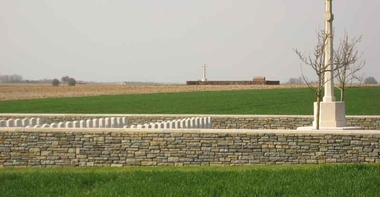
And the sad fact of “The Great War” is that among the thousands of gravestones there are many that have an inscription “A soldier of the Great War, Known Unto God”. At Tyne Cot Cemetery, one of the largest of the British cemeteries, there are 11,953 headstones; of these 8,362 (70 percent) are unidentified.
Also at Tyne Cot, on the walls surrounding the massive cemetery, are engraved the names of tens of thousands more soldiers who are missing with no known grave.
As many as four million American military personnel served in WW1, more than 110,000 of them never returned; 4,400 are still missing in action. For United Kingdom’s soldiers, the numbers are more daunting. It is estimated that there are still 300,000 to 500,000 soldiers with no known grave.
The cemeteries are not the only reminders of The Great War. There are scars across the landscape of France and Belgium that remain to this day. There are the remains of trenches and the ruins of forts.
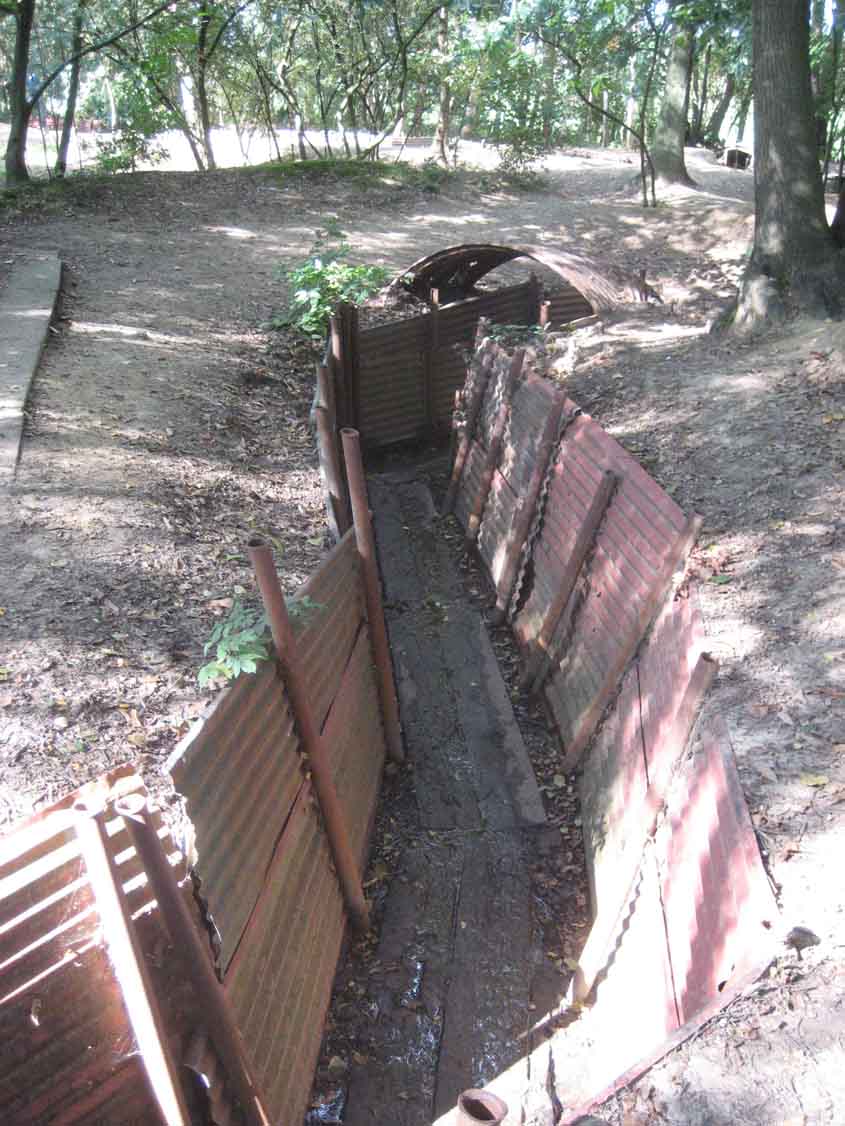
There are both the remains of soldiers and unexploded artillery shells that are found every year in towns and in farm fields. There are vast stretches of old battlefields where it is still unsafe to enter because of unexploded munitions.
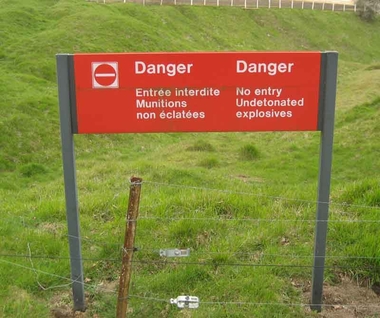
Only 21 years after the WW1 armistice, war broke out again in Europe and eventually consumed countries in most of the world. The United States lost 407,300 military killed out of the 16 million who served in the war. The total for all countries is 21 to 25 million soldiers killed. Today, more than 73,000 American soldiers remain unaccounted for from WW2, almost 18 percent of those killed.
And there are more cemeteries and more ruins showing the cost of that war.
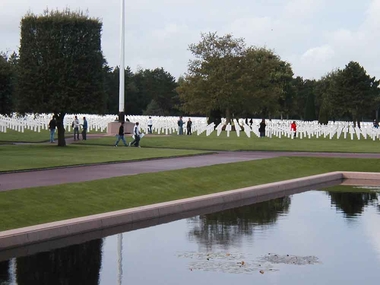
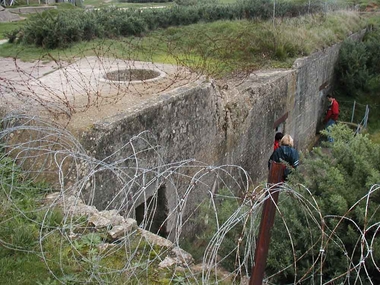
The Korean and Vietnam wars added to the number of those killed, and those missing.
So, on Veterans’ Day, we remember those who served, those who were lost, those whose last resting place is marked by a stone but no name, and the tens of thousands who remain missing. Millions put their lives on hold to fight for their country. Thousands never returned. We owe each of them a debt of gratitude that our freedom is secure.
And we remember the savagery of war, and its cost in human life. And we pray that our leaders will remember those costs when contemplating military action to solve disputes.
On this one day of remembrance, and every day, we say to every veteran, Thank you for your service. And we remember those lost whose memory is fading into history as those who loved them go to join them.
Copyright The Gayly – November 11, 2017 @ 5:20 p.m. CST.





